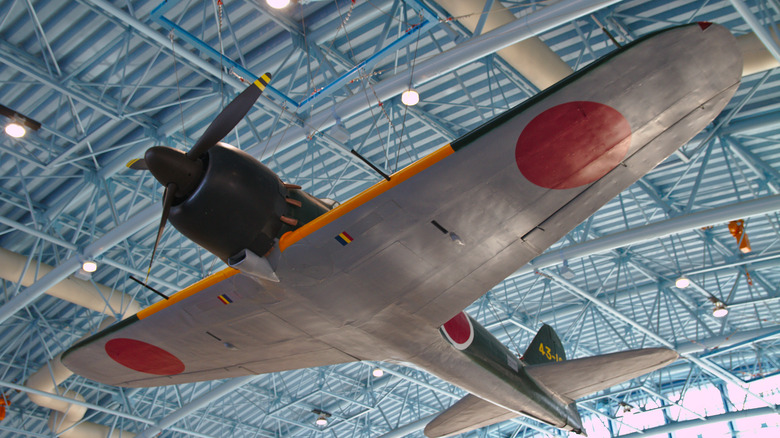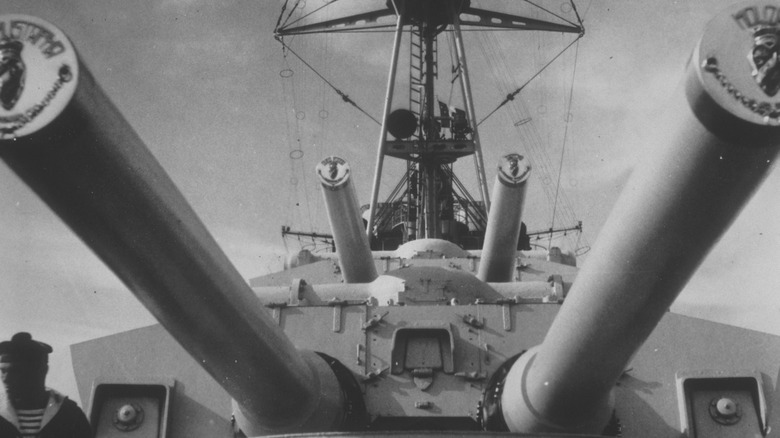Japanese Weapons That Could Have Completely Changed World War II
Japan's fate in World War II, like most of the Axis, was that of a low and steady defeat toward the end of the conflict as lack of funds, resources, and manpower coupled with some crippling defeats against the Allies. Had the Imperial Japanese Army been better supplied, the tides of war could have changed, given the superior designs and weaponry from the Land of the Rising Sun that could not be produced enough to dominate the battlefield.
According to Military Factory, one such weapon was the Type 5 "Chi-Ri" tank, a fearsome model designed to counter the American Shermans that were consistently wiping out their lighter Japanese counterparts. The Type 5 was to be mounted with powerful guns, engines, and armor that would have combined to create a serious threat to the dominant Shermans in the Pacific theater. A single prototype was built, but before the Type 5s could see battle — or even the factory floor — the Germans were defeated in Europe. Japan was subsequently targeted with the full force of the Allies, and the damaged infrastructure could no longer continue to build new tanks.
Japan made the strongest destroyer
The Japanese Navy constructed the largest battleships the world had ever seen, but their ambitions over the seas extended beyond that (via World War II Database). The empire also planned to dominate the world of destroyers, smaller vessels than battleships that could still pack a lethal punch over the waters. A new class of destroyers was created, the Shimikaze class, named after the first prototype to be built (via Long Lancers). The Shimikaze was longer, faster, and more powerful than its counterparts, thanks to an experimental steam engine and increased firepower. It was also the first Japanese ship equipped with radar.
Despite the success and promise of the new destroyers, the strain on resources brought upon by the massive war meant new Shimikaze-class ships could not be built. It never lived up to its potential, as it was mostly delegated to a support role due to its radar and was over-encumbered with survivors from another ship the one time it could have been called into battle. It was sunk while fighting off an air assault, and the Allies were spared the full force of a ship that could have turned the tides — excuse the pun — of the Pacific theater.

